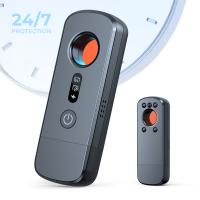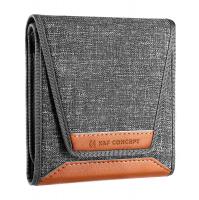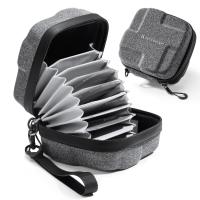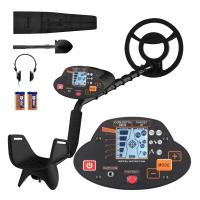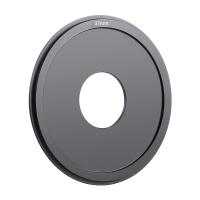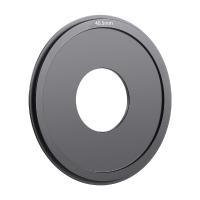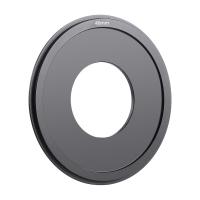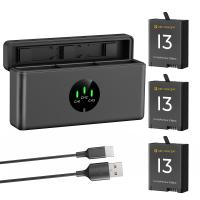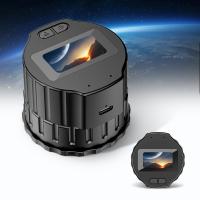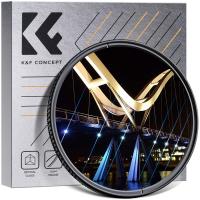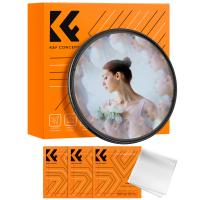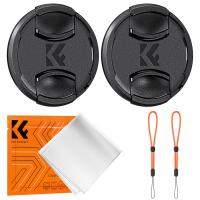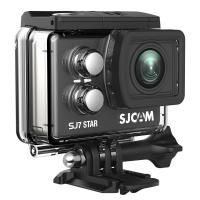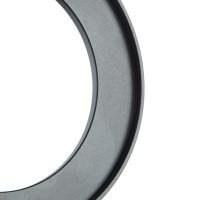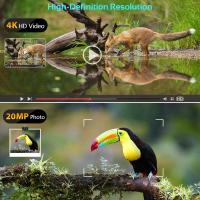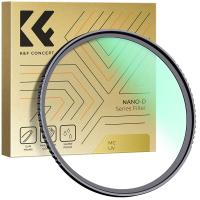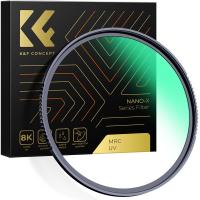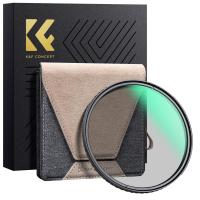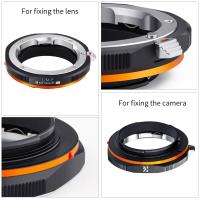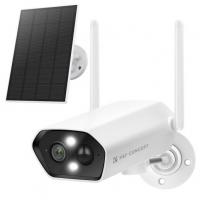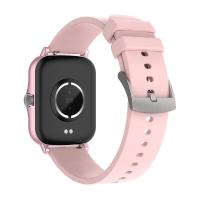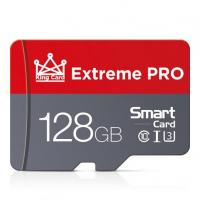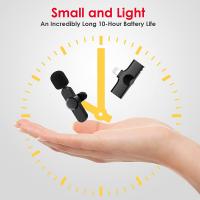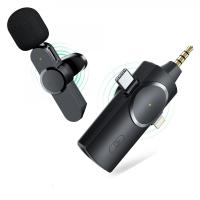How To Find Camera Frame Size?
Understanding Camera Frame Size: A Practical Guide to Selecting the Right Dimensions for Your Needs
When working with cameras, whether for professional photography, filmmaking, or even casual use, one of the most fundamental aspects to understand is the camera’s frame size. The frame size directly impacts the quality of the image, the type of lens you use, the depth of field, and the overall aesthetics of your shot. But how exactly do you find the camera frame size, and why does it matter? This guide will take you through the ins and outs of camera frame sizes, helping you navigate this technical aspect effectively.
What Is Camera Frame Size?

The term "frame size" refers to the dimensions of the image sensor inside a camera. This sensor captures light and converts it into digital data, creating an image. The frame size determines how much of the scene is captured by the camera at a given time. Larger sensors typically capture more light, provide a wider field of view, and produce better image quality, especially in low-light conditions.
Frame size is usually measured in millimeters and refers to the width and height of the sensor. For example, in traditional 35mm film cameras, the frame size is 36mm x 24mm. In digital cameras, the frame size can vary significantly depending on the type of sensor used.
Types of Camera Sensors and Their Frame Sizes
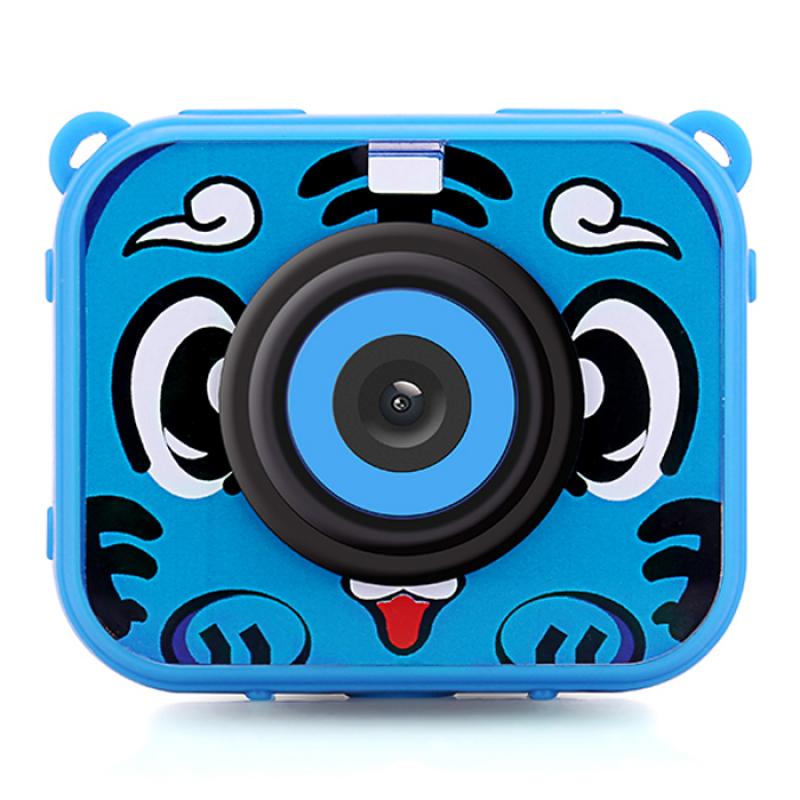
Before learning how to find the frame size, it's crucial to understand the various types of camera sensors. These sensors come in different sizes, and each offers unique advantages depending on the use case.
1. Full Frame (35mm Format)
The full-frame sensor is considered the industry standard in both professional photography and cinematography. This sensor is roughly equivalent to the size of a 35mm film frame (36mm x 24mm). Full-frame cameras are known for their excellent depth of field control, superior image quality, and performance in low-light environments. They are particularly favored for landscape, portrait, and event photography, as well as high-end filmmaking.
2. APS-C (Advanced Photo System type-C)
The APS-C sensor is a smaller sensor commonly used in crop-frame digital cameras. While the size can vary slightly depending on the manufacturer, APS-C sensors generally measure about 22mm x 15mm. These sensors offer a crop factor of approximately 1.5x (or 1.6x for some Canon models), meaning the field of view is smaller than that of a full-frame sensor. However, APS-C cameras are more affordable and often more compact, making them a popular choice for amateur photographers and videographers.
3. Micro Four Thirds (MFT)
Micro Four Thirds sensors, used in cameras like the Panasonic GH5 or Olympus OM-D series, measure about 17.3mm x 13mm. These sensors are smaller than both full-frame and APS-C sensors, and they offer a crop factor of 2x. Micro Four Thirds cameras are lightweight, versatile, and often used for vlogging, travel photography, and video production, especially in tight spaces where portability is crucial.
4. Medium Format
Medium format sensors are even larger than full-frame sensors and offer extraordinary image quality, particularly in terms of dynamic range and resolution. These sensors can vary in size but are typically around 44mm x 33mm. Medium format cameras, such as those from Hasselblad and Fujifilm, are often used for high-end fashion, studio, and landscape photography. They provide superior detail and tonality, though at a much higher cost and weight than smaller sensors.
5. Large Format
Large format cameras, often used in fine art photography, have sensors that are significantly larger than medium format. These sensors can range from 4x5 inches to even larger sizes, providing the highest resolution and image quality. They are typically used in commercial photography where detail is paramount, such as in architecture or product photography. However, the size and cost make them impractical for most everyday photography.
Why Is Camera Frame Size Important?
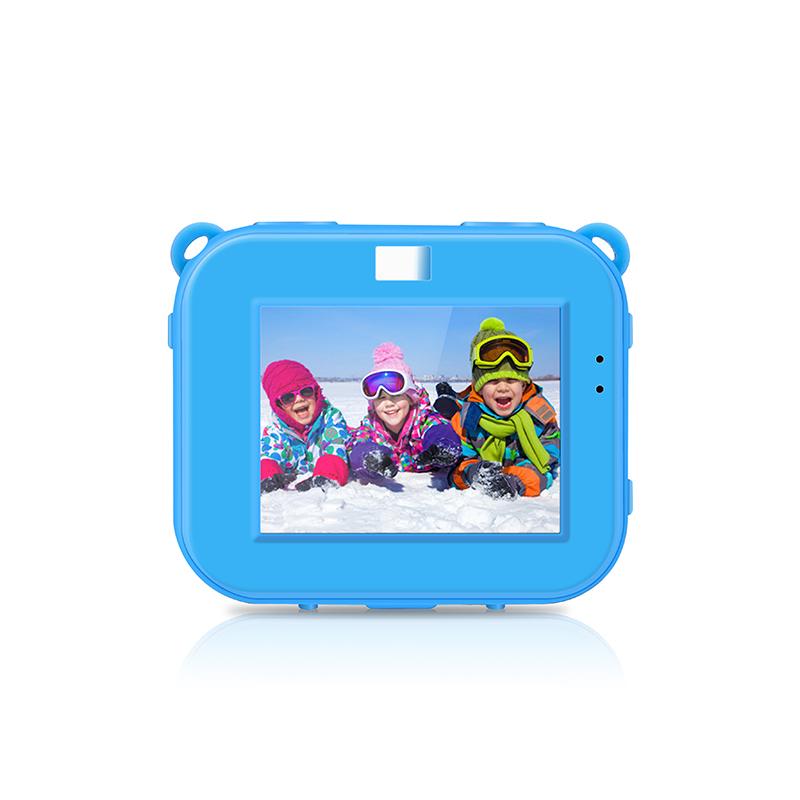
The frame size of a camera sensor plays a significant role in determining the overall quality and characteristics of the image. Here’s why it matters:
1. Field of View
Larger sensors capture a wider field of view compared to smaller sensors. For example, a full-frame sensor captures more of the scene, which is essential in landscape photography or when trying to capture wide-angle shots. Smaller sensors, on the other hand, have a narrower field of view, which can be useful for zooming in on distant subjects (such as wildlife or sports photography).
2. Depth of Field
Depth of field (DOF) refers to how much of the image is in focus. Larger sensors generally allow for a shallower depth of field, which is ideal for creating beautiful bokeh (the out-of-focus background) in portrait photography. Smaller sensors have a deeper depth of field, meaning more of the image will be in focus at once. This can be advantageous for macro photography or situations where you want the entire scene to be sharp.
3. Low-Light Performance
Larger sensors tend to perform better in low-light situations because they can capture more light. Full-frame cameras, in particular, excel in low-light conditions, providing cleaner images with less noise at higher ISO settings. Smaller sensors, such as those in APS-C or Micro Four Thirds cameras, may introduce more noise in low light and require faster lenses or higher ISO settings to achieve similar results.
4. Image Resolution
While resolution is determined by the number of megapixels a camera has, the sensor size also influences the final image quality. Larger sensors can accommodate more megapixels without sacrificing image quality, providing better detail and clarity. In contrast, smaller sensors may struggle to maintain the same level of quality when equipped with a high number of megapixels.
5. Lens Compatibility
The sensor size also affects the lenses you can use with a camera. Full-frame cameras can use a wide variety of lenses, from wide-angle to telephoto, without any crop factor. APS-C and Micro Four Thirds sensors, however, come with crop factors that effectively reduce the focal length of any lens used. For example, a 50mm lens on a full-frame camera acts as a 50mm lens, but the same lens on an APS-C camera with a 1.5x crop factor will give you the field of view of a 75mm lens.
How to Find Your Camera’s Frame Size

To determine your camera’s frame size, follow these steps:
1. Check the Camera’s Specifications
The easiest way to find your camera’s frame size is by looking at the manufacturer’s specifications. The camera’s sensor size should be listed clearly, often under the "Sensor" or "Image Sensor" section. This will indicate whether the camera uses a full-frame, APS-C, Micro Four Thirds, or another type of sensor.
2. Look for Sensor Type in Reviews or Manuals
If you can’t find the information directly on the manufacturer’s website, you can often find details in camera reviews or the user manual. Many online photography forums or websites like DPReview also provide detailed specifications and comparisons.
3. Use Software or Metadata
If you’ve already taken a photo, you can check the EXIF data embedded in the image file. This data often includes the sensor size, as well as other relevant information like focal length, aperture, and ISO settings. Tools like Adobe Lightroom or even online EXIF viewers can help you access this information.
4. Compare With Known Standards
If you're uncertain about your camera’s sensor size, comparing it with known standards can help. For instance, you can look up your camera model online and see how it compares to others in terms of sensor size. Understanding the crop factor and the resulting field of view can give you a better sense of the sensor’s size.
Understanding your camera’s frame size is crucial for optimizing your photography or videography, as it affects everything from the field of view and depth of field to low-light performance and lens compatibility. Whether you're using a full-frame, APS-C, or Micro Four Thirds camera, each sensor type has distinct advantages and challenges that make it more suitable for specific kinds of photography.
By considering your needs—whether it’s for high-quality portraits, landscape shots, or capturing fast-moving subjects—you can select the camera and sensor that best align with your goals. Armed with the knowledge of sensor sizes, you'll not only be able to find your camera's frame size but also use it to your advantage in crafting your perfect shots.

